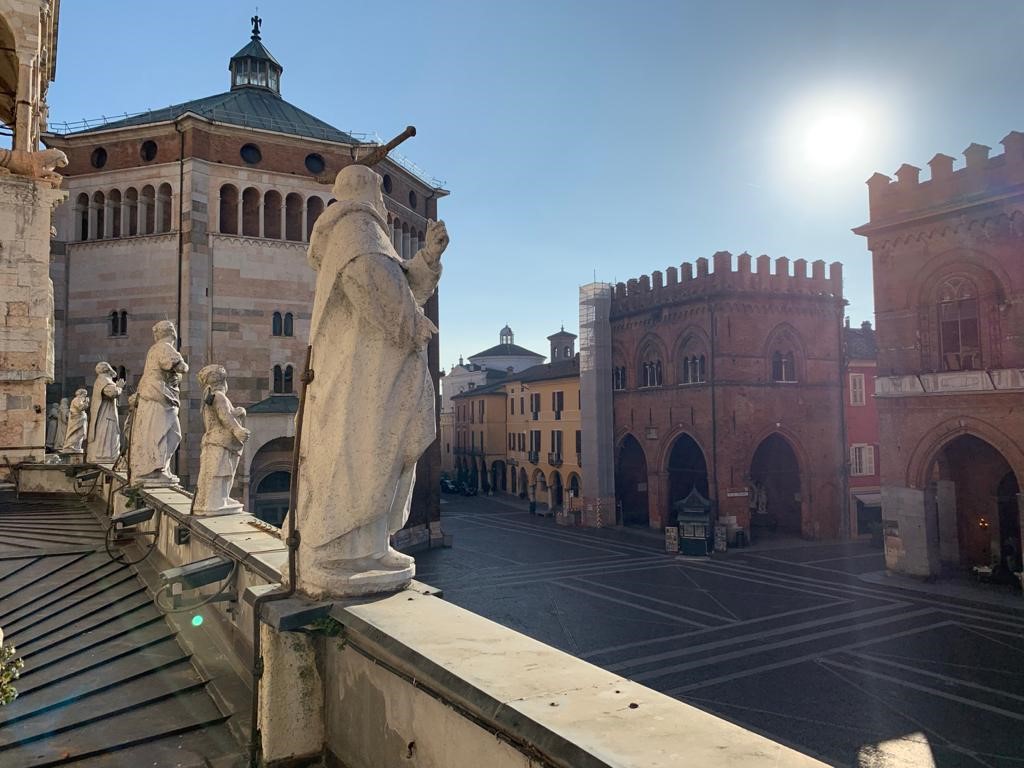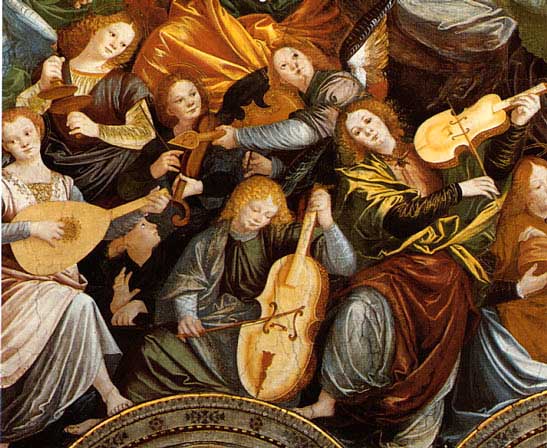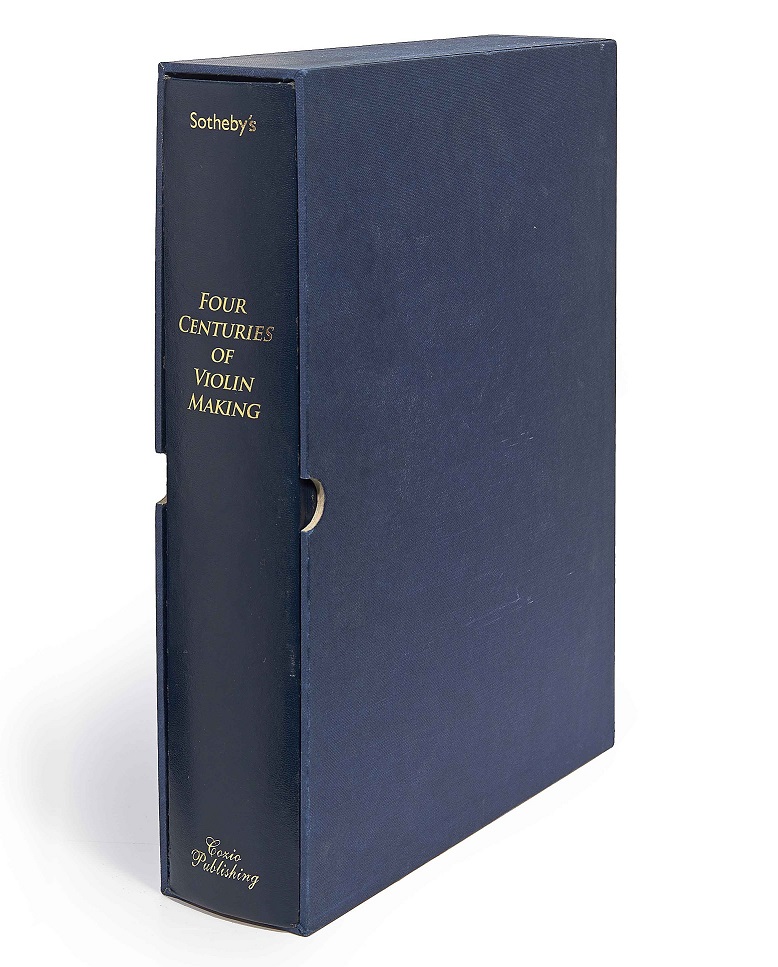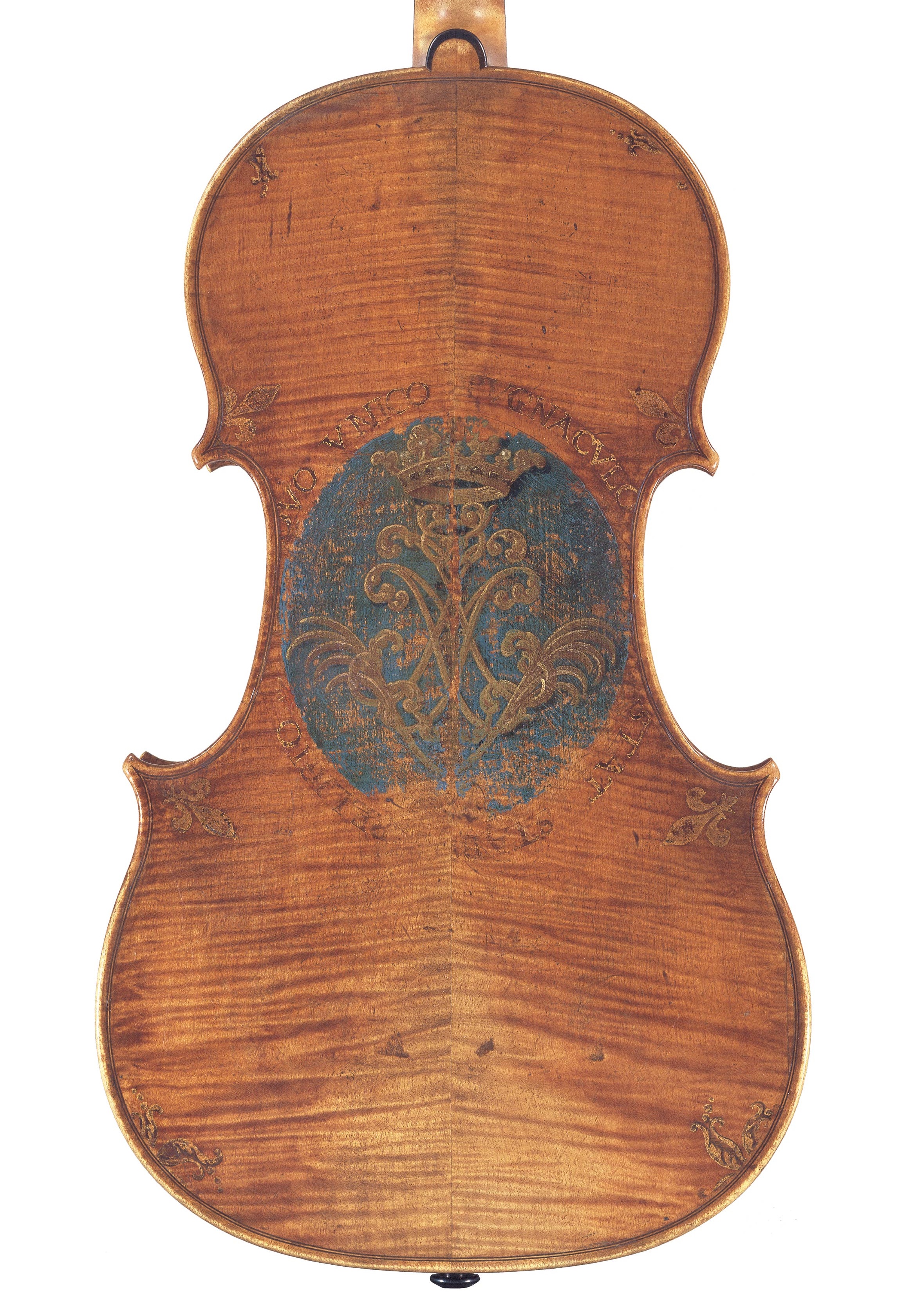Part I: The Origins of the Violin
The Evolution of Violin Making from 16th-20th Century
Part I
Preface – Tim Ingles
In 2005, to mark the publication of Four Centuries of Violin Making, we commissioned John Dilworth to write an article about the history and development of the violin. Sixteen years later, we are making the instruments featured in the book available online as part of a significantly expanded online archive of highlights from Sotheby’s and Ingles & Hayday’s auctions and private sales. By the end of 2021 the archive will feature more than 1,000 instruments by 400 makers. To mark this launch, we are publishing John’s article in six segments over the next three weeks.

Why Cremona?
The classical violin, one of the great cultural symbols of Western civilisation, is an almost entirely Italian phenomenon. In this archive, one of the most comprehensive surveys of fine concert and collectible stringed instruments — perhaps the most comprehensive survey published to date of fine concert and collectible stringed instruments — there appear only a handful of non-Italian makers. Why this should be is an intriguing question. Many products today are still synonymous with particular lands: French wine, Swiss cheese, Persian carpets, Chinese ceramics, Scottish whisky. Despite the globalisation of trade, airport shops are filled with representative goods to take back as souvenirs.
Among the most sought-after trophies were Canaletto paintings and Amati violins from Cremona
So it was in the 18th century when English gentlemen finished their education with the ‘Grand Tour’. This European adventure, intended to acquaint the young men of the aristocracy with the customs and traditions of the Continent, seems to have had its main purpose in the acquisition of adornments for their stately homes. Among the most sought-after trophies were Canaletto paintings and Amati violins from Cremona.
The localised development of such technically and artistically refined objects usually depends on quirks of geography — raw materials and skills handed down within a small community — or, less often, on the effort of a single originating genius. Both these conditions apply to the Italian violin.
The violin itself was to all intents and purposes an Italian invention; the template for the instrument as we recognise it today was probably first laid out some time in the mid-16th century by Andrea Amati of Cremona, the original genius of the violin. Whereas Canaletto was the product of an existing and already highly evolved artistic environment, we know little of Andrea Amati’s background.
Documentary and iconographical sources trace the violin itself back as far as 1520, by which time Amati, who was born about 1505, was probably already being trained as an instrument maker. His labels are recorded from 1542, although these early instruments have not survived. Amati’s teacher was probably Giovanni Leonardo da Martinengo, a Jewish convert to Catholicism living in the relatively liberal city of Cremona.
Not only were arts and ideas the currency of Cremona, but also raw materials.

Situated in Lombardy and commanding the Po river southeast of Milan, Cremona was a strategic and commercial centre fought over repeatedly by the forces of France, Spain, and later, Austria. Far from being an isolated medieval fiefdom, the city was a cultured and wealthy place, populated by artists and merchants as well as musicians, including Claudio Monteverdi, who was born in Cremona in 1567.
As early as 1551, a Bohemian traveller noted the presence of viol players and fiddle makers as a distinctive characteristic of the city. Not only were arts and ideas the currency of Cremona, but also raw materials. The alpine valleys not far to the north provided an ample supply of timber, and specifically the slow-growing straight- and close-grained resonant spruce that is vital for stringed instruments.
Artistically, Andrea Amati changed everything.
There is a great deal of speculation over the form and development of the early violin. A clue to the instrument’s evolution from the medieval rebec and fiddle, and the then-current viola da braccia, is provided by the frescoes of Gaudenzio Ferrari in the cathedral of Saronno (north-west of Cremona), dated to circa 1535, and his Madonna of the Orange Trees in the church of Vercelli (west of Cremona), dated 1529-30. But there is no surviving identifiable precedent for the exquisitely refined instruments that Amati made to the commission of Charles IX of France and Pope Pius V from about 1566 onward. Technically, he may have added a fourth string to a louder, outdoor cousin of the viol that was intended to accompany dance music. Artistically, he changed everything.
Each detail of Andrea’s surviving violins, violas and cellos is fashioned with an artist’s eye. Bowed instruments of any sort from this period have an ad hoc appearance, however charming they may now seem. Amati’s brilliance raised the status of the violin from a farmhand’s entertainment to an embellishment fit for a royal court. Nor was his design merely cosmetic; it was a masterful demonstration of woodworking skills, subtly engineered to provide a delicate yet strong, resonant, and above all, durable object.
For nearly two hundred years, the Amati family preserved the precise methods and techniques laid down by Andrea — a process largely unknown to the growing numbers of violin makers outside Cremona. In Venice, Bologna and Brescia, various makers contributed their interpretation of the newly popular instrument, but none had a design or a technique as refined as Amati’s.

In part two of this series, we introduce the original violin making family, the Amati Dynasty.
Read part two here
Read part three: Cremona’s Second Genius
Read part four: Violin Making Outside Cremona
Read part five: The Question of ‘Italian Tone’
Read part six: The Decline and Renaissance of Italian Violin Making
Click here to view Our Notable Sales
Recent Posts
Categories
- Feature Type
- Instrument Type
-
Maker
- Albani, Mathias (2)
- Amati, Andrea (8)
- Amati, Antonio & Girolamo (6)
- Amati, Girolamo II (6)
- Amati, Nicolò (6)
- Balestrieri, Tommaso (3)
- Banks, Benjamin (1)
- Bazin, Charles Nicolas (1)
- Bergonzi Family (1)
- Bergonzi, Carlo (2)
- Bergonzi, Michele Angelo (2)
- Bernardel, Auguste Sébastien Philippe (2)
- Bisiach, Leandro (2)
- Bultitude, Arthur Richard (1)
- Camilli, Camillo (2)
- Cappa, Gioffredo (2)
- Carcassi, Lorenzo & Tomaso (1)
- Ceruti, Giovanni Battista (3)
- Chanot, George Adolph (1)
- Cuypers, Johannes Theodorus (1)
- Dalla Costa, Pietro Antonio (1)
- Deconet, Michele (1)
- Fendt, Bernard Simon II (1)
- Fendt, Bernhard Simon I (1)
- Gabrielli, Giovanni Battista (1)
- Gagliano, Alessandro (2)
- Gagliano, Ferdinando (1)
- Genova, Giovanni Battista (1)
- Gisalberti, Andrea (1)
- Goffriller, Francesco (1)
- Goffriller, Matteo (1)
- Grancino, Giovanni (4)
- Grancino, Giovanni Battista II (1)
- Guadagnini, Gaetano II (1)
- Guadagnini, Giovanni Battista (7)
- Guarneri 'filius Andreæ', Giuseppe (3)
- Guarneri del Gesù, Giuseppe (5)
- Guarneri of Mantua, Pietro Giovanni (2)
- Guarneri of Venice, Pietro (3)
- Guarneri, Andrea (3)
- Götz, Conrad (1)
- Hill & Sons, W.E. (1)
- Kennedy, Thomas (1)
- Knopf, Carl Heinrich (1)
- Lott, John Frederick (1)
- Lupot, Nicolas (2)
- Mantegazza, Pietro Giovanni (2)
- Mariani, Antonio (1)
- Montagnana, Domenico (2)
- Panormo, Vincenzo Trusiano (1)
- Parker, Daniel (1)
- Peccatte, Dominique (1)
- Platner, Michele (1)
- Pressenda, Giovanni Francesco (1)
- Rayman, Jacob (1)
- Retford, William Charles (1)
- Rivolta, Giacomo (1)
- Rocca, Giuseppe Antonio (2)
- Rota, Giovanni (1)
- Rugeri, Francesco (3)
- Sartory, Eugène (1)
- Scarampella, Stefano (2)
- Schwartz, George Frédéric (1)
- Serafin, Santo (1)
- Sgarabotto, Gaetano (1)
- Sgarabotto, Pietro (1)
- Simon, Pierre (1)
- Stainer, Jacob (3)
- Storioni, Lorenzo (3)
- Stradivari, Antonio (14)
- Stradivari, Francesco (1)
- Stradivari, Omobono (1)
- Tadioli, Maurizio (1)
- Taylor, Michael (1)
- Tecchler, David (2)
- Testore, Carlo Giuseppe (1)
- Tourte, François Xavier (4)
- Tubbs, James (1)
- Voller Brothers (1)
- Vuillaume, Jean-Baptiste (10)
- Watson, William (1)
- da Salò Bertolotti, Gasparo (2)
- Author
- Charity
-
In the Press
- Antiques Trade Gazette (3)
- Archi-magazine.it (1)
- Art Daily (2)
- CNN Style (1)
- Classic FM (2)
- ITV (1)
- Ingles & Hayday (2)
- Liberation (1)
- Life Style Journal (1)
- London Evening Standard (1)
- Paul Fraser Collectibles (1)
- Rhinegold Publishing (1)
- Sotheby's (1)
- Strings Magazine (2)
- Tarisio (2)
- The Fine Art Post (1)
- The Strad (7)
- The Times (1)


